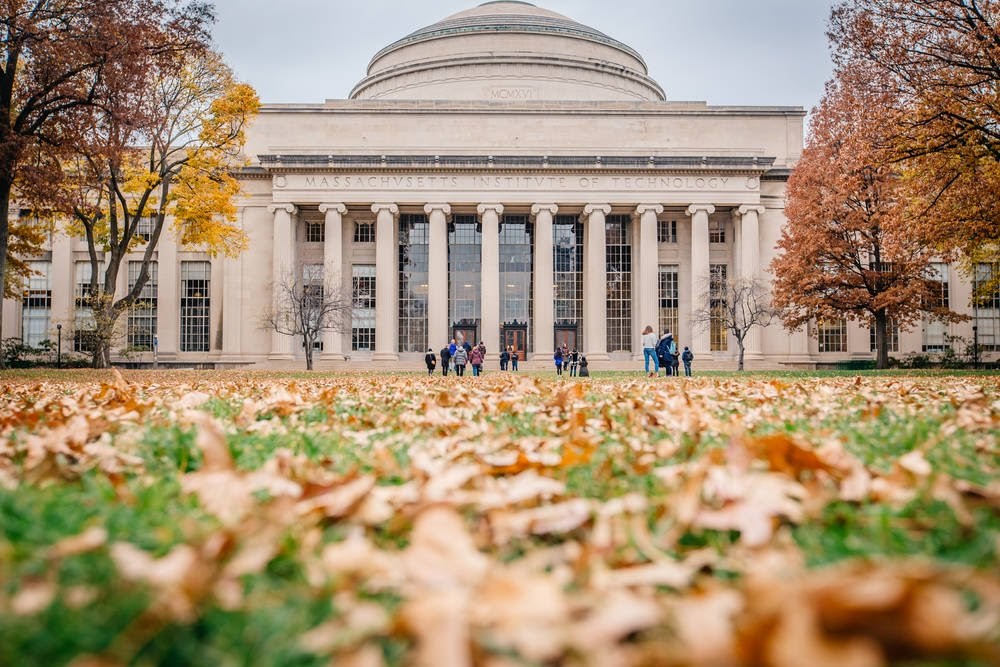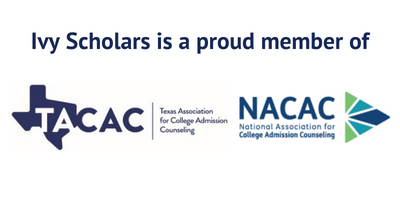The Ivy Scholars guide to MIT’s culture, admissions, and other essential information for prospective students and their families.
Location: Cambridge, Massachusetts
Mascot: Tim the Beaver
Type: Private Research Institution
Population: 11,500

MIT offers a diverse and vibrant community noted for its intellectual life, history, and thriving innovation climate. With a campus nestled between Central and Kendall Squares, and across the Charles River from Boston’s Back Bay, the Institute is optimally positioned to collaborate with its neighbors and contribute to its community.

Enter your information below and submit for access to the guide.
Year Founded: 1861
4 Year Graduation Rate: 82%
Gender Distribution: 54% male, 46% female
Acceptance Rate: 7%
Residency: 40% in state, 49% out of state, 11% international
Location Type: Urban
Schedule System: Semesters
Student/Faculty Ratio: 3:1
Average Class Size: 12
Demographics: 33.4% Caucasian, 26.3% Asian, 14.2% Hispanic, 6.2% Black
US News Rankings:
Independent Rankings:
Application Deadlines:
Notification Dates:
Acceptance Rates:
Average Applicant Pool: 21,000
Average Number of Applicants Accepted: 1,500
Average Number Enrolled: 1,000
Application Systems: MyMIT (not on Common App)
Average GPA: 4.17 weighted
SAT Scores: 25th percentile – 1500, 75th percentile – 1570
ACT Scores: 25th percentile – 34, 75th percentile – 36
*Test mandatory. Writing sections optional.
Subject Test Requirements: SAT Subject Tests are required. Students must take an SAT II in Math and in Biology, Chemistry, or Physics.
Demonstrated Interest: MIT does consider demonstrated interest.
Recommendation Letter Policies: MIT requires two letters of recommendation. One should be from a math or science teacher, and one should be from a humanities, social science, or language teacher.
MIT Essay Prompts for 2020:
Special Notes:
Schools:
Core Requirements:
Majors:
Minors:
AP Credit Policies:
Honors Programs:
Research Availability:
Study Abroad:
Business Options:
Pre-Med Options:
Pre-Law Options:
Additional Specialty Programs:
School Motto: Mind and Hand
Mission:
Greek Life:
Housing Statistics:
Campus & Surrounding Area:
Transportation:
Traditions:
Student-Run Organizations:
Sports:
Nightlife:
Yearly Cost of Attending MIT in 2020:
Financial Aid & Scholarships:

Ivy Scholars is the leading educational consultant in Sugar Land, Texas, providing admissions coaching, test prep, and more to help students enroll at top tier schools.

Call us now: (281) 215-5148
.


